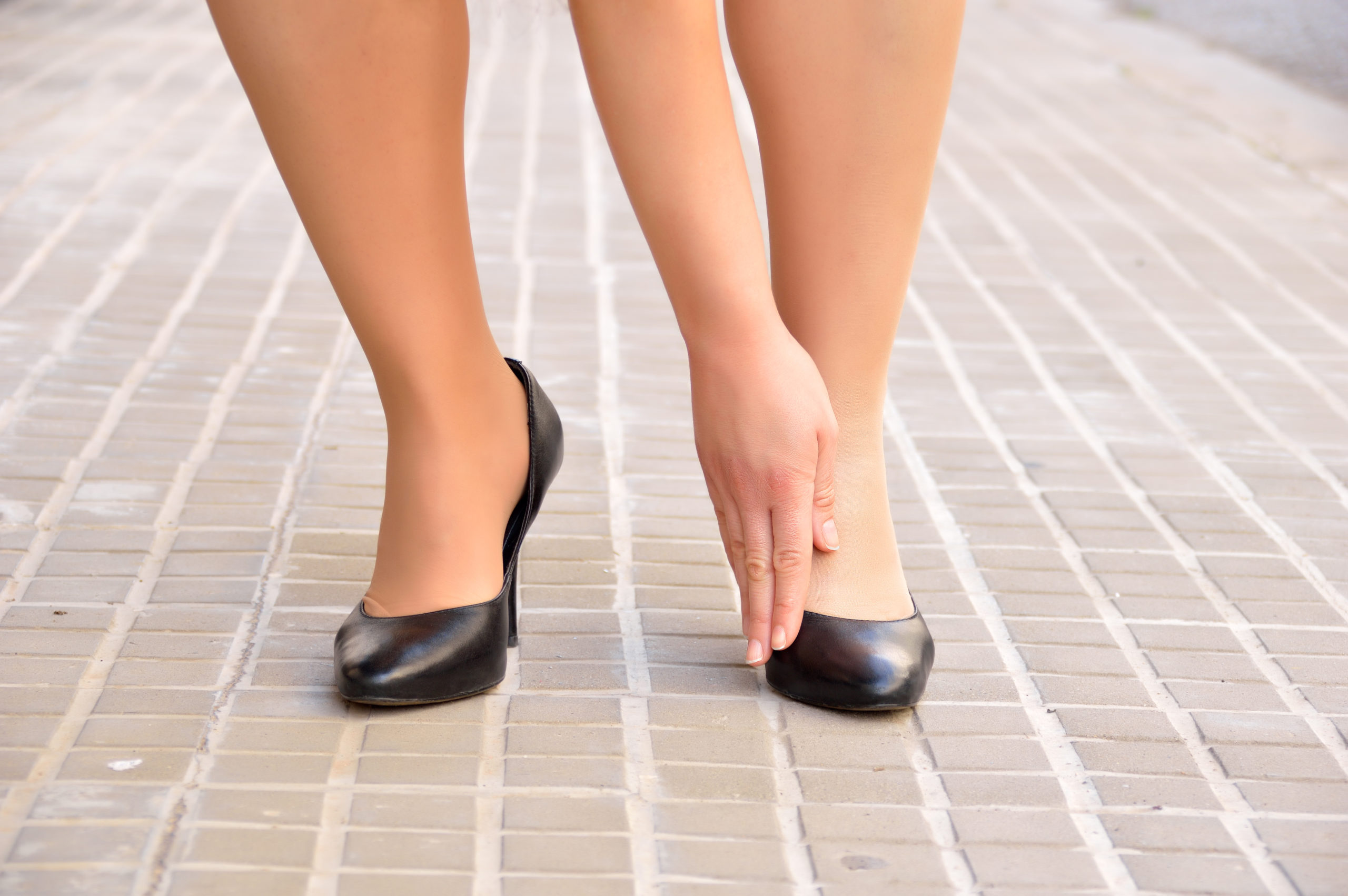Bunions are painful, unsightly, and –– in the worst cases –– potentially even immobilizing. Unfortunately, bunions tend only to get worse with time, which means that it’s key for individuals to do something if they notice bunions or bunion pain. However, deciding how you should go about treating a bunion can be a difficult decision. Some products insist that they’re able to reverse bunions without surgery. These claims are likely to cause some individuals to wonder, “can bunions be reversed through nonsurgical treatments?” The answer to that question is no, not really. Today, we’ll explain some key facts about bunions and lay out what viable options you can pursue to address them going forward:
What Causes Bunions?
In order to understand the best way to go about getting rid of bunions for good, it’s important to know what causes bunions in the first place. The simplest explanation for bunions comes down to pressure. Bunions themselves are bony masses that form as a result of misaligned tendons, joints, ligaments, and muscles in the foot. Because of this misalignment, and the subsequent pressure placed on the foot, bunions develop.
Reversing a bunion, then, requires a correction of the internal imbalances within the foot.
Non-Surgical Bunion Treatments
The issue with most non-surgical bunion treatments is that they’re unable to address the root cause of bunions within the foot. Rather, pads, cushions, shoes, correctors, and splints fit over the outside of the foot. At best, these treatments will likely offer some bunion pain relief, but they won’t reduce or reverse bunions.
Similarly, other treatments like physical therapy may help a patient maintain a range of motion in their feet or cut down on bunion pain. At the end of the day, though, these methods and devices are capable only of limiting bunion pain and growth. They can’t “cure” bunions.
Bunionectomies & Bunion Surgery
Simply put, a bunionectomy is a procedure performed to remove a bunion. It is the only way to remove a bunion permanently.
It is worth noting that there are many variations on bunion surgery and bunion removals. In many instances, surgeons will remove a bunion in addition to correcting misaligned joints. Occasionally, surgeons may even use metal screws or plates to hold the foot’s proper alignment together after the procedure.
In broad terms there are two types of bunion surgery: minimally invasive and traditional (“open-foot”) surgery. Traditional bunion surgery requires a large incision along the side of the foot, extensive recovery times (potentially six-months-to-a-year or longer), and carries a risk for residual pain and scarring.
Minimally invasive surgery, conversely, is an outpatient procedure that involves only very small incisions. Surgeons who use minimally invasive techniques are able to remove bunions and correct internal misalignments through these tiny incisions. This means that the procedure is safe, effective, and convenient. Most patients are able to resume many daily activities –– such as driving or walking around –– immediately following surgery. Total recovery time with minimally invasive surgery is much shorter than traditional recovery periods, and the potential for scarring and residual pain is also greatly reduced thanks to minimally invasive techniques.
Contact Us
Don’t waste your time and money on products that claim to reverse bunions but fail to deliver meaningful results. Instead, if you’re suffering with bunions or bunion pain, take action today. Our team at Northwest Surgery Center has years of experience working with patients just like you, and we’re experts in the field of minimally invasive foot surgery. Contact us here to get started.



Leave A Comment